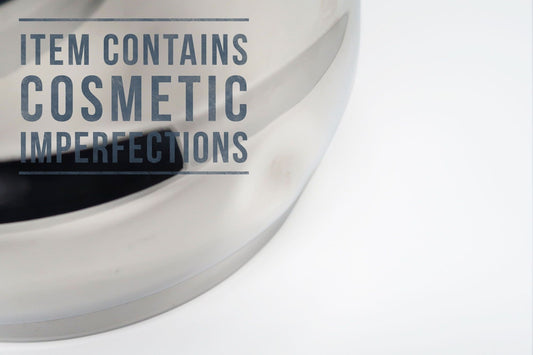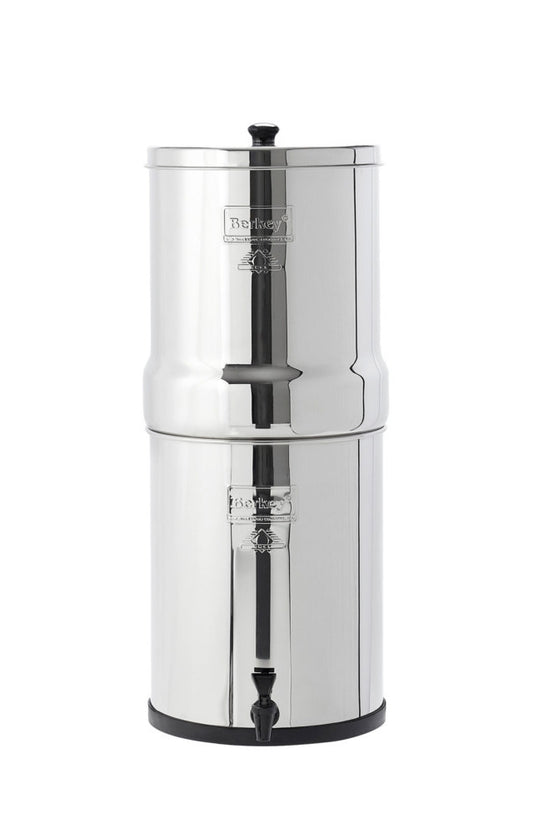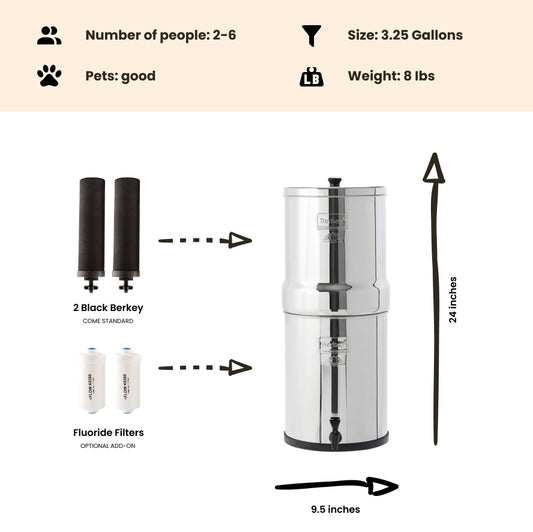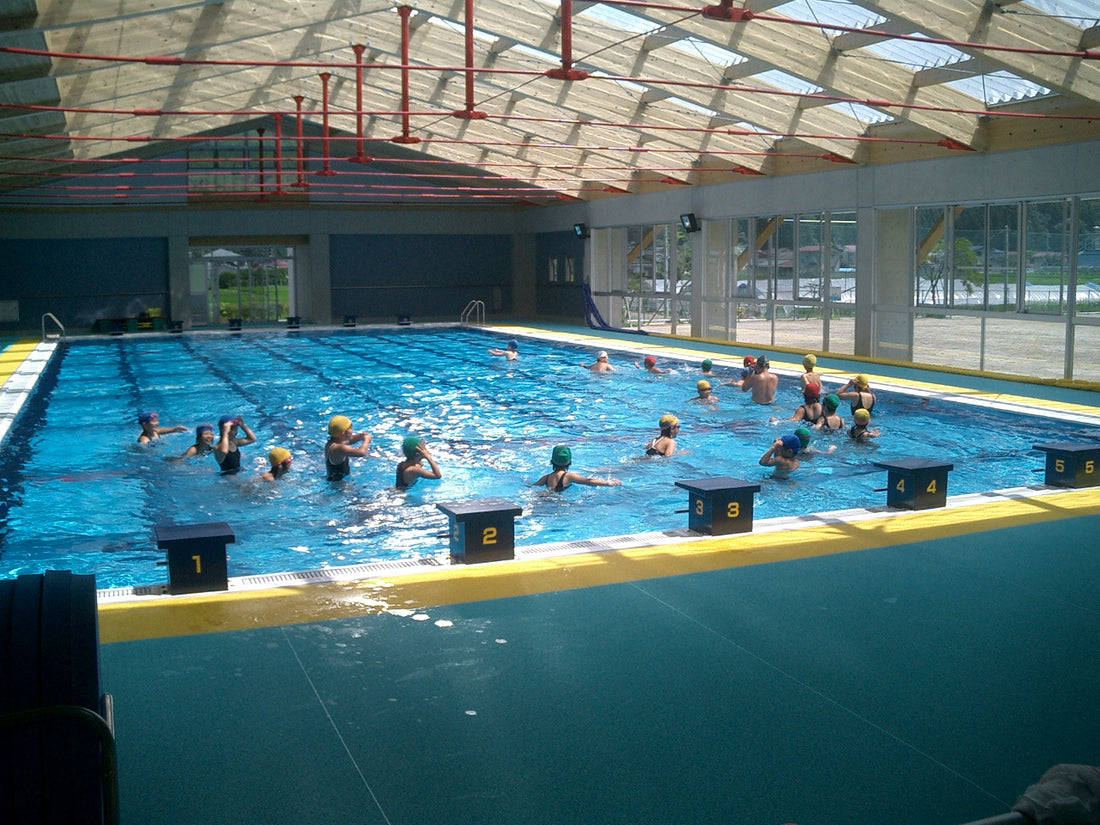
Chlorine in Pools Raises Cancer Risk
By Dan DeBaunShare
A new study just published in the Environmental Health Perspectives journal has uncovered evidence suggesting that swimming in chlorinated pools for at least 40 minutes raises the risks of cancer. This is not a surprise to us as we have warned about the risks of chlorine in drinking water and the disinfection by products that are found in many municipal water systems in the US and abroad.
Since the skin of your body is considered your largest organ and absorbs what it comes in contact with, it just makes plain sense that continual exposure to a chemical that your body has not evolved with can result in negative affects. We caveat that by saying that we fully understand that lower levels of concentrations and exposure can reduce or can eliminate risk, and that because there may be increased risk, it does not mean cancer will occur. With that being said, it's a step in the right direction that this study puts some statistical data to how much exposure to chlorine and associated disinfection byproducts results in cancer risk.
Chlorine and Disinfection Byproducts
When chlorine reacts with organic matter, such as the swimmer themselves, disinfection byproducts occur. Chlorine reacts, for instance, to urine, cosmetics, and other substances typically found in swimming pools. Some most notorious disinfection byproducts known to be cancer causing are called Trihalomethanes (THMs) which consist of four chemicals: chloroform, bromodichloromethane, dribromochloromethane, and bromoform.
Researcher, Manolis Kogevinas, MD, PhD, professor of epidemiology at the Centre for Research in Environmental Epidemiology in Barcelona stated "What we found is by analyzing blood samples and urine samples, we have an increase in risk markers related to cancer." Delmarini, a coauthor of the study went on to say, “The genotoxicity that we found in the swimmers was associated with concentrations of brominated trihalomethanes”.

Chlorine and Pool Study Findings
Let's review some key study findings from the Centre for Research in Environmental Epidemiology (CREAL):
- Genotoxicity, or DNA damage, was found in 49 healthy adults after they spent 40 minutes in a chlorinate indoor pool.
- Markers of DNA damage known as micronuclei increased in white blood cells following the swim.
- Elevated micronuclei were correlated with higher concentrations of certain disinfection by-products called trihalomethanes that most likely entered the body through breathing or skin penetration and were exhaled several minutes after leaving the pool.
This is not the first study to highlight cancer risks. Previous studies found an association between exposure to DBPs of drinking water and bladder cancer risk. Specifically, one such report, coordinated by the CREAL, concluded that this association was given by skin and inhalation exposure as occurs during showering, bathing or swimming.
Similar Cancer Risks Between Pool and Drinking Water
As a result of this study and her own research, Susan Richardson of EPA’s National Exposure Research Laboratory in Athens, Ga., and her colleagues have expanded the number of such disinfection by-products associated with pool water from 5 to now roughly 100! Susan, an EPA scientist, has been researching the affects of these disinfection by products in drinking water for years.
She has come to identify more than half of the roughly 600 known by-products that have been associated with drinking water disinfection. Her team’s new paper for the first time expands the survey for many of these to pool water. "In addition to those identified by name and structure, analyses turned up even more that await identification," DeMarini says. Indeed, “we have no reason to doubt that there are hundreds,” he says, because swimming pool water “fundamentally isn’t much different than drinking water."
Whether it be in your swimming pool or your drinking water, reducing your bodily exposure to chlorine and it's associated disinfection by-products (DBPs) is a wise choice. As far as swimming pools go, the researchers of this study point out that reducing the levels of DPB's can be achieved rigorously by applying measures such as showering before swimming, using a bathing cap, avoiding urinating in the pool and performing proper pool maintenance. If your municipal water company chlorinates your water, we recommend a berkey water filter for drinking and cooking, and a berkey shower filter for bathing.
-
Regular price From $302.00 USDRegular priceUnit price / per
-
Regular price $234.00 USDRegular priceUnit price / per
-
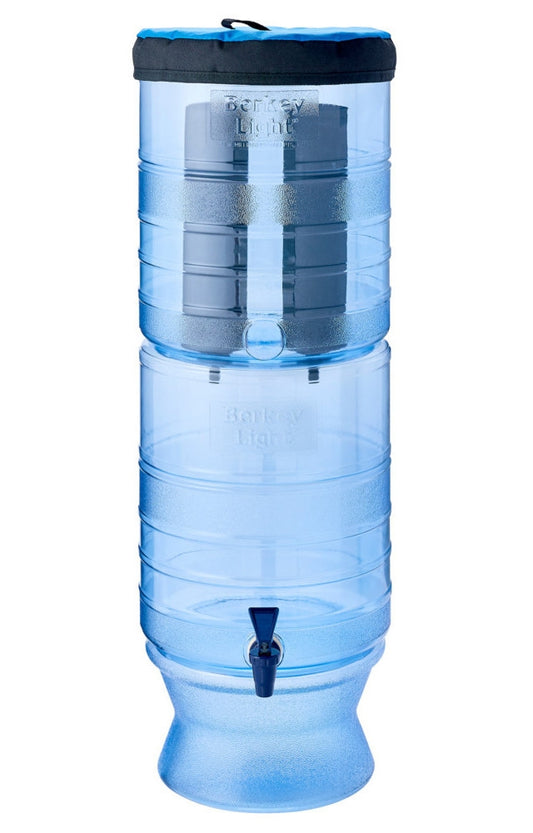
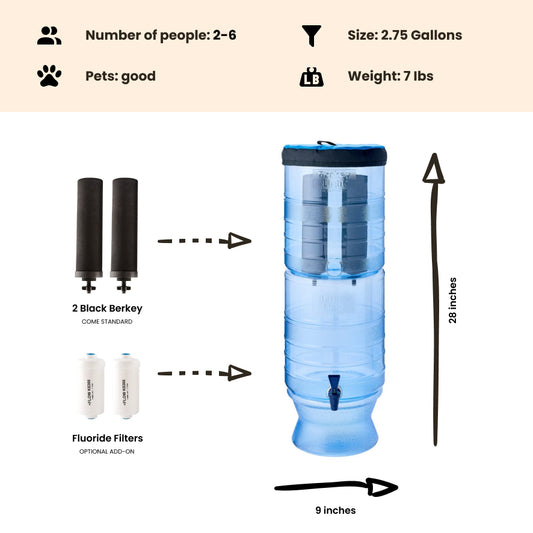 Sold outRegular price From $305.00 USDRegular priceUnit price / per
Sold outRegular price From $305.00 USDRegular priceUnit price / per -
Regular price $327.00 USDRegular priceUnit price / per
-
Regular price From $367.00 USDRegular priceUnit price / per
-
Regular price From $408.00 USDRegular priceUnit price / per
-
Regular price From $451.00 USDRegular priceUnit price / per

Dan DeBaun
Dan DeBaun is the owner and operator of Big Berkey Water Filters. Prior to Berkey, Dan was an asset manager for a major telecommunications company. He graduated from Rutgers with an undergraduate degree in industrial engineering, followed by an MBA in finance from Rutgers as well. Dan enjoys biohacking, exercising, meditation, beach life, and spending time with family and friends.
~ The Owner of Big Berkey Water Filters


